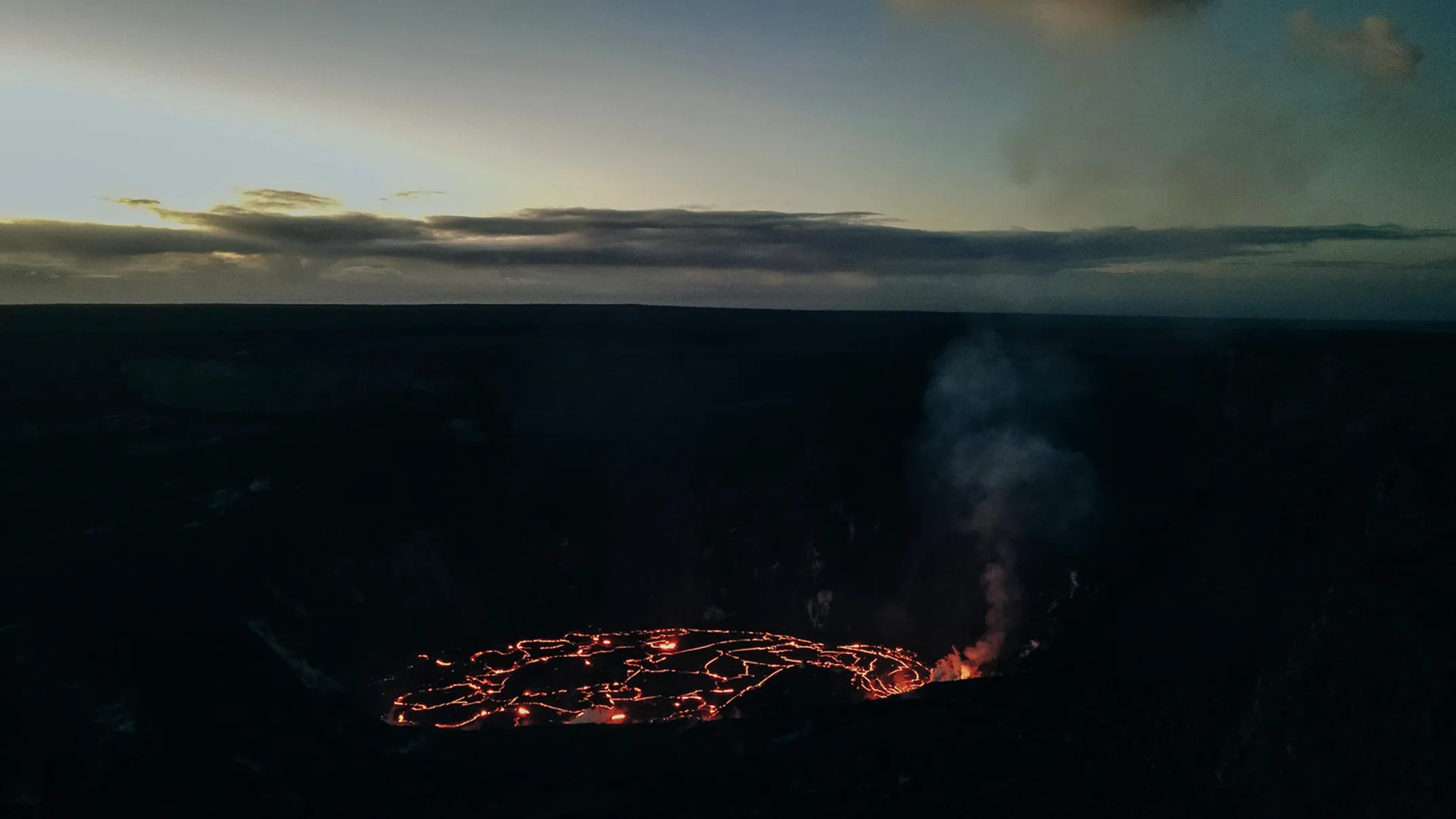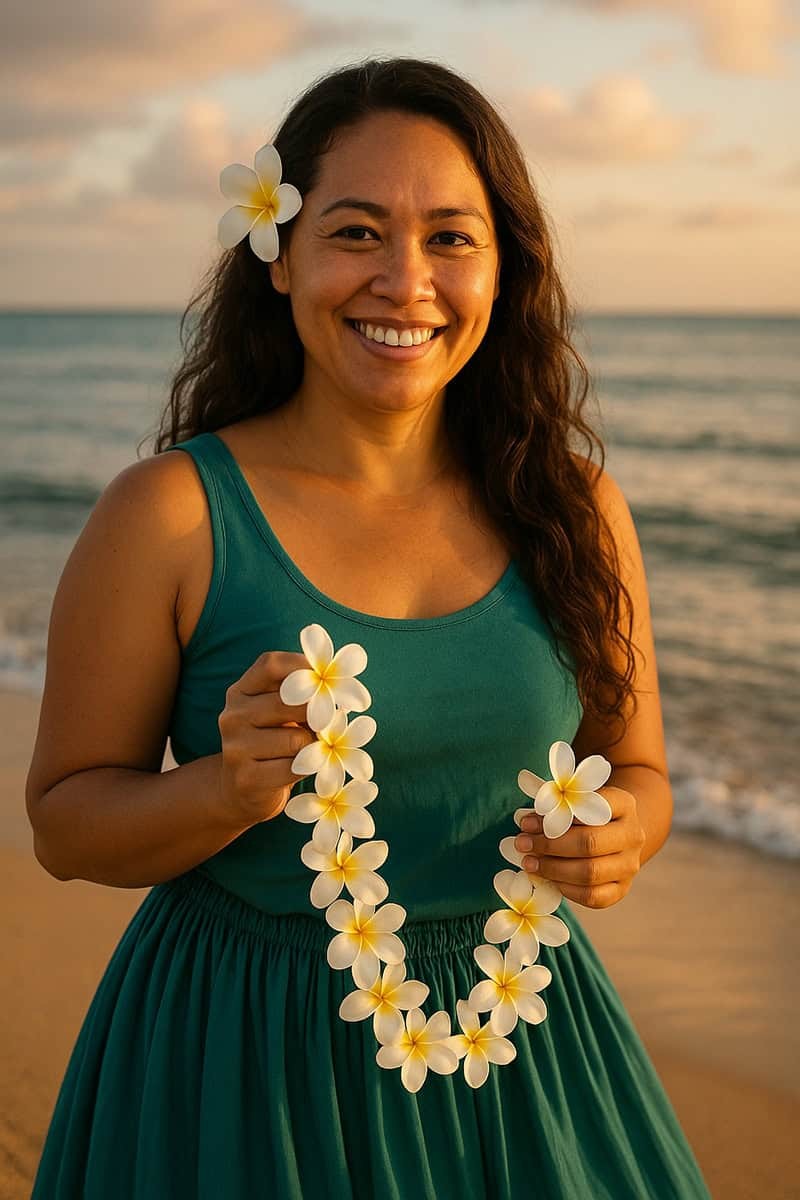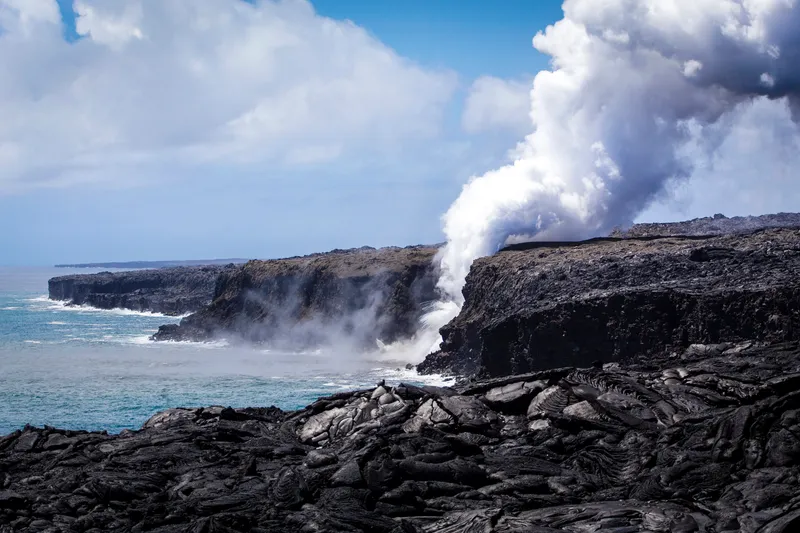
A Guided Hike Adventure Kilauea Iki and Lava Tube
Volcanoes Hiking Guides • Hiking • Volcano • Hawaii

The Grand Canyon of the Pacific - Ancient Volcanic Majesty

Written by a Local Expert
Leilani AkoKauaʻi, the "Garden Isle," offers a different kind of volcanic story. It's the oldest of the major Hawaiian Islands. Its primary volcano formed around 5 million years ago. While not featuring active eruptions, its volcanic past created one of Hawaii's most stunning geological marvels: Waimea Canyon.
Often called the "Grand Canyon of the Pacific," Waimea Canyon is approximately 14 miles long, a mile wide, and reaches depths up to 3,600 feet. Its dramatic gorges and vibrant red, green, and brown hues are not the result of a single volcanic crater. They were carved over millions of years by the Waimea River and other erosional forces, coupled with catastrophic collapse of part of the volcano that originally formed Kauaʻi. The colorful layers visible in canyon walls are exposed basalt lava flows that have weathered over eons.
Entrance to Waimea Canyon State Park for non-Hawaii residents is $5 per person. There's a parking fee of $10 per vehicle. The main roadside lookouts are generally wheelchair accessible.
Waimea Canyon State Park and the adjacent Kōkeʻe State Park offer numerous accessible viewpoints and hiking trails.
The main Waimea Canyon Lookout, Puʻu Hinahina Lookout, and Puʻu o Kila Lookout (at the end of Waimea Canyon Drive/Kōkeʻe Road) all provide breathtaking, easily accessible panoramic views by car. Puʻu o Kila also offers glimpses of the Kalalau Valley and the Nāpali Coast on clear days.

Moderate hike, 3.6 miles roundtrip
Leads through forest to the top of the 800-foot Waipoʻo Falls. Note: you see the top of the falls, not the full cascade from below.
Shorter, approximately 1-mile roundtrip
An easier trail offering impressive views along the canyon rim. Perfect for those seeking stunning vistas with less physical demand.
Very gentle, 0.3-mile paved loop trail
Features native plants like the iliau (a relative of the silversword) with informative signs and good canyon views. Excellent for families and those with limited mobility.
Drive-up accessible viewpoints
Multiple roadside lookouts offer breathtaking views without hiking. Wheelchair accessible with stunning panoramic vistas.
Discover how millions of years of erosion transformed ancient volcanic landscapes into Kaua'i's most spectacular natural wonder.
Explore More VolcanoesWaimea Canyon and its surrounding areas hold deep cultural significance. They were home to ancient Hawaiian settlements. The land is rich with stories passed down through generations. These often involve the Menehune, the legendary "little people" of Hawaiian folklore, credited with amazing feats of engineering like building fishponds and watercourses.
The geological formation of this canyon tells a story spanning millions of years. Unlike the dramatic crater formations of younger volcanoes, Waimea Canyon represents the end stage of volcanic island evolution—where erosion has carved away layers of ancient lava flows to reveal the island's geological history in stunning cross-section.
The canyon area was home to ancient Hawaiian communities who lived in harmony with this dramatic landscape for generations.
Stories of the legendary Menehune include their creation of fishponds and waterways throughout the island, showcasing ancient engineering wisdom.
This canyon represents the oldest major Hawaiian island's volcanic legacy—where fire once raged, water and time have created one of the Pacific's most spectacular natural sculptures.

Volcanoes Hiking Guides • Hiking • Volcano • Hawaii

